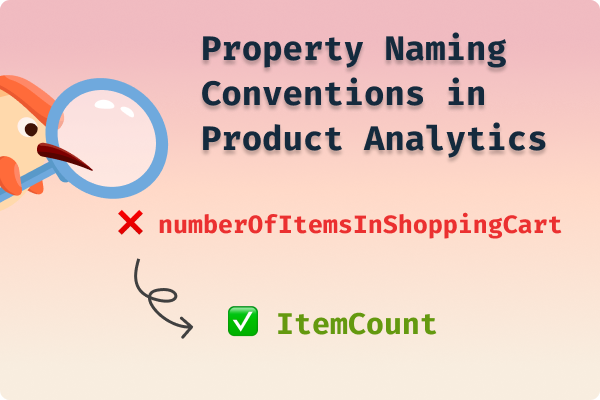In today’s digital world, simply having a website is not enough—understanding how it performs and engages users is key to success. Measuring page views and click analytics can offer valuable insights into how visitors interact with your site. From content effectiveness to CTA engagement, tracking these small yet powerful metrics can help you optimize your website for better performance and conversions.
In this blog, we’ll dive into how to use page view and click analytics to measure and enhance website success.
What Are Page Views and Click Analytics?
Page views represent how often a specific page is loaded by users, providing insight into its popularity. Click analytics, on the other hand, tracks user interactions with elements like buttons, links, and CTAs. Together, these metrics form the foundation of website performance analysis, allowing businesses to understand how users navigate their site and what content drives the most engagement.
Why Page Views Matter
Page views help you identify which content or pages are driving the most traffic. By understanding which pages have the highest view counts, you can pinpoint your top-performing content and areas that may need improvement. For instance, if a product page has high page views but low conversions, it could indicate that while users are interested, there may be friction preventing them from purchasing.
The Power of Click Analytics
Clicks reveal a deeper level of user interaction. Whether it’s clicking on a CTA, a link in the navigation bar, or an image, clicks show how engaged users are and where their attention is focused. If a key CTA has low click-through rates (CTR), it may suggest poor placement or design. Using click data, you can optimize your website’s interactive elements to increase user engagement and conversions.
How to Combine Page View and Click Data for Deeper Insights
Page views give you the big picture, while click analytics shows you the specifics. Combining these metrics allows you to identify areas where users are engaged and where they drop off. For example, if a landing page has high page views but a low number of clicks on the CTA, it might signal that the call-to-action needs to be more visible or persuasive.
Key Metrics to Focus On
- Pages per Session:
The number of pages viewed during a session can indicate how engaged users are with your content. - Click-Through Rate (CTR):
Measure how often users click on CTAs or links to gauge the effectiveness of your calls to action. - Bounce Rate:
A high bounce rate indicates that users are leaving after viewing only one page, suggesting the need for better content or user flow on landing pages. - Time on Page:
The time users spend on a page helps measure content relevance and engagement levels.
Using Page View and Click Analytics to Optimize Website Performance
- Content Optimization:
Identify the content that drives the most traffic and expand on popular topics to keep users engaged. - CTA Improvement:
Use click data to adjust the design, placement, or wording of CTAs to encourage more interactions. - Improving User Flow:
Analyze the sequence of page views and clicks to streamline the user journey, removing obstacles that prevent users from navigating smoothly. - Reducing Bounce Rates:
By understanding where users drop off, you can adjust content and layout to keep them engaged and prevent them from bouncing.
Case Study: How Page View and Click Analytics Improved a Website's Performance
An online fashion retailer used page view and click analytics to address low conversion rates despite high traffic.
Findings
- High Product Page Views, Low Add-to-Cart Clicks:
Users visited product pages but weren’t adding items to their carts. - Low CTA Engagement:
Key CTA buttons were placed below the fold, reducing visibility. - High Homepage Bounce Rate:
Visitors were leaving without exploring other pages.
Actions Taken
- Moved CTAs Above the Fold:
Increased visibility of “Add to Cart” and “Buy Now” buttons. - A/B Testing of CTA Designs:
Tested different button styles for better engagement. - Redesigned Homepage Content:
Improved navigation and featured more engaging content.
Results
- 35% increase in Add-to-Cart clicks.
- 20% boost in conversions.
- 15% reduction in bounce rate.
Best Practices for Tracking Page Views and Clicks
- Set Clear Goals:
Align your metrics with business objectives like conversions or lead generation. - Regularly Monitor Trends:
Track page views and clicks over time to spot trends and adjust accordingly. - Use Heatmaps:
Heatmaps help visualize where users are clicking most frequently, giving you detailed insight into user behavior.
Conclusion
Measuring website success through page views and click analytics allows you to gain valuable insights into user behavior and engagement. By regularly tracking these metrics and using them to optimize content, CTAs, and user flow, you can improve overall website performance, drive conversions, and enhance user satisfaction. Start monitoring today and use the data to make informed decisions that will boost your website’s success.



.svg)















.png)




.svg)
